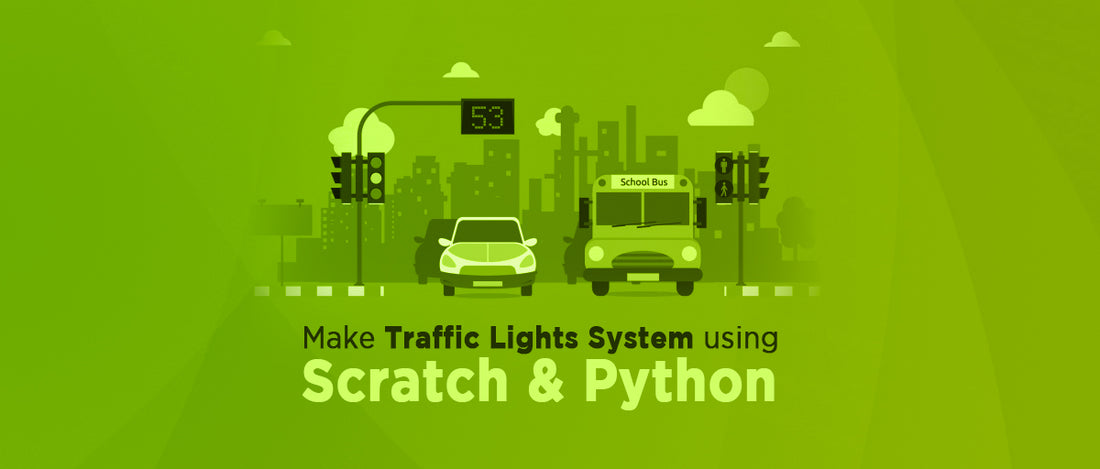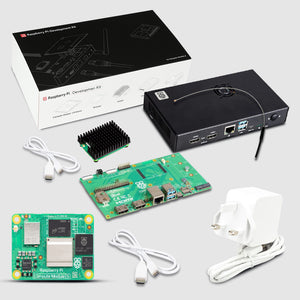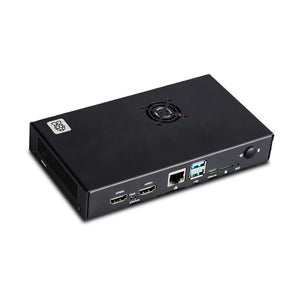Why PiTraffic
Raspberry Pi is a small portable, affordable, and popular computer that you can use to learn to program and develop your own ideas.
If you are getting started with Raspberry Pi, PiTraffic is here to give you a boost.
In the world of embedded electronics, where we aim to automate the world we all need a point to start. PiTraffic can be your gateway to the embedded world.
We all see traffic lights in our day to day life, but when we belong to the same domain we want to know how it works. PiTraffic is a great start for Raspberry Pi learners and trainers.
PiTraffic is a low-cost hardware shield that allows Raspberry Pi users to take their first steps into interfacing with the real world. With PiTraffic, one can try his/her hands on python and get familiarized with the elements used in it & use them their way. There are endless possibilities to try with.
Stop wasting time on hardware, spend more time on development and creating ideas. It is often seen that people generally get confused on how to get started or assemble hardware. However, PiTraffic makes it simple by plugging components directly onto pre-set positions on the Raspberry Shield Hat.
What Official Raspberry Pi magazine ‘The MagPi’ has to say about PiTraffic
“A great starter HAT that takes much of the tangle out of a classic project. Students can test out traffic light code and see their results running in a miniature recreation.”
Things you will learn
- Basic Python and Scratch programming,
- Using Class and Functions,
- Using Raspberry Pi GPIOs,
- Controlling LEDs and buzzer
Things you need
Hardware Setup
By plugging PiTraffic directly on to the Raspberry Pi GPIO header, no extra cables or wires are needed. Unlike many other add-on boards, PiTraffic does not block GPIO pins of the shield, keeping them open for other multiple usages.
PiTraffic is fitted with 4 standard Pins, allowing up to four PiTraffic stands to be controlled independently.
There is a buzzer which can be used to alert on change of light.
Here are some steps to connect your Raspberry Pi with PiTraffic:
1. Place PiTraffic shield on Raspberry Pi.
2. Plug Traffic stand on the PiTraffic shield.

Play with PiTraffic
Required codes can be downloaded from
https://github.com/sbcshop/PiTraffic
OR
Clone with
git clone https://github.com/sbcshop/PiTraffic.gitTest your PiTraffic by running ‘TrafficTest.py’ with python.
To develop your own patterns you can use the ‘PiTraffic.py’ module:
Begin by importing PiTraffic file:
Import PiTrafficSouthRed = PiTraffic.Traffic("SOUTH", "RED")Switch LED ON or OFF with:
SouthRED.on()SouthRED.off()Control buzzer with:
Buzz = PiTraffic.Buzzer()Create sound with buzzer by:
Import timeBuzz.on()time.sleep(2)Buzz.off()PiTraffic from Scratch
Run our scratch files,

Or build your own blocks.
Play with the code, make your own code or edit ours.
Want your own PiTraffic Kit? Click here









